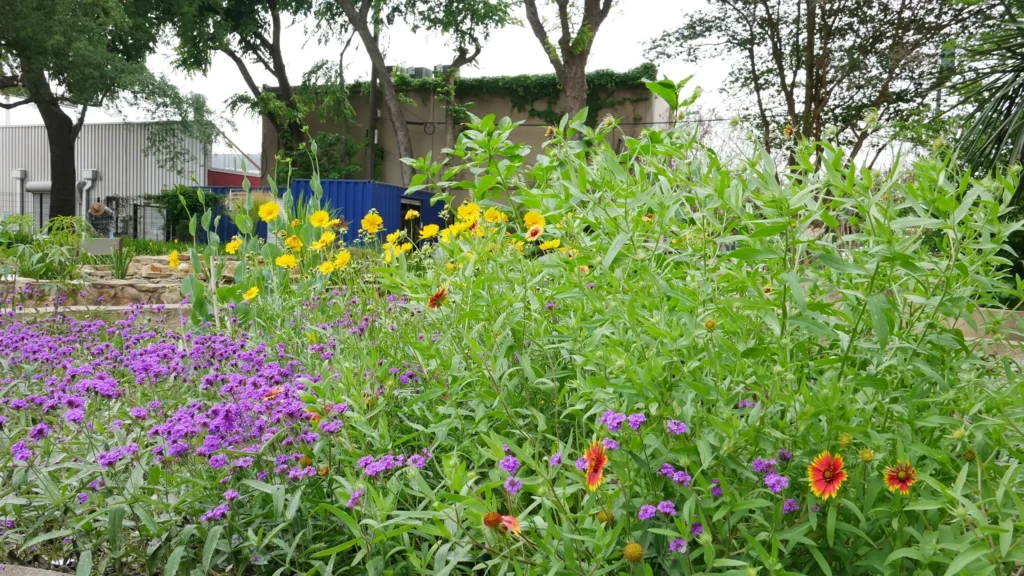Since the rise of conceptual art practices within the ever-changing terrain of contemporary art, one often encounters the silly assertion that artmaking has become a market of ideas as opposed to objects. This is, of course, ridiculous: A walk through any art fair or biennial reveals that there are more objects in circulation than ever before, some more thoughtful than others. While dematerialization continues, the reclaiming of craft has complicated the assumption that contemporary art is destined for abstraction. The works in Crafting a Continuum: Rethinking Contemporary Craft at the Houston Museum of Contemporary Craft propose that traditional forms of making are relevant—and at times, urgent.[1]
While the objects in this exhibition do not seem to share any formal or technical common denominator, they nevertheless coalesce into a narrative about the development of craft, particularly as it came into being in the United States during the postwar period. The work of Peter Voulkos seems to offer one of the many beginnings to this story. Voulkos’s practice arose out of a significant moment in American art: At the same time that critic Clement Greenberg was tracking the self-critical development of modern art to the Abstract Expressionist painters, the G.I. Bill was transforming university art education. Fine art departments expanded and often combined with applied art programs to hold the thousands of new students who entered into the American university system. With their gouged surfaces and weighted compositions, Voulkos’s works embodied his rejection of the traditions of refinement and “the beautiful” that structured academic craft—rejections that allowed him to foreground the significance of time and process as opposed to high levels of finish and completeness. Voulkos’s emphasis on the fertility of experimentation, improvisation, and the ambiguous relationship between intention and chance ignited a dialogue between ceramics and postwar aesthetics of spontaneity as practiced by affiliates of Black Mountain College, turning him into a leader of the West coast craft movement of the postwar era and his studio into one of the most important pedagogical sites for the development of ceramic art. Looking at the earthy thicknesses and slashed membrane of Voulkos’s 1969 Ceramic Pot (Steel Pot)—its verticality and sculptural monumentality subverted by its humble stoneware form—one can see the beginnings and possibilities of a more open field of making coming into being and pulsating across the other pieces in the galleries. Thus, Crafting a Continuum works to map the resonance of Voulkos’s generation on contemporary craft, and to give voice to a radical spirit of technical and conceptual freedom that drives the field today.
While the objects selected for this exhibition find a rich historical grounding in the older generation—Voulkos, Ed Moulthrop, and Dorothy Gill Barnes to name just a few—it is the contemporary work that ignites important conversations about the definition of craft and its role in today’s high-tech world. Most interesting are the ways in which contemporary craft artisans have come to terms with the genre’s root in mass production, commercial markets, and design industries such as interior decorating. Matthias Pliessnig’s breathtaking works in wood—which combine his knowledge of 3-D software, furniture design, textile traditions, and the cask-making processes used in the construction of boats—make compelling arguments for the use of technology as equal to more artisanal processes and handiwork. Known for his body-hugging benches, sofas, and chairs made of interwoven strips of white wood steamed into patterns and shapes made by digital imaging, Pliessnig expands traditional notions of craftsmanship by allowing digital procedures to act upon more subjective experiences of making original things. Brace, a bench commissioned by the Arizona State University Art Museum in 2012 that mimics the curves and undulations of the human body, asks the viewer to revel in every aesthetic decision, manipulation of material, and technical risk initiated by the artist as well as the computer. By reimagining the parameters of handmade and mechanical processes, Pliessnig’s objects add to current conversations about the roles of originality and technology within craft culture.[2]
In addition to the exhibition’s goals of expanding the historical and technical understanding of contemporary craft, Crafting a Continuum cannot help but draw the viewer into the social and political underpinnings of the craft tradition, namely its association with radical forms of protest against gender and racial inequalities, war, and other crimes of the patriarchy. However, as Susan Luckman rightly points out, despite craft’s commitment to forms of anti-imperialist ideologies, consumer capitalism, and feminism, “the contemporary design-craft economy…remains marked by its whiteness.”[3] Sonya Clark’s contribution to this exhibition, Thread Wrapped in Blue and Brown (2008), offers up a powerful response to this cultural and racial homogeneity. The artist’s embrace of traditional aesthetics and the visual vocabularies of craft art provide compelling strategies to inflect her work with personal forms of identity and racial politics. (Fig. 3) Made from a carefully hewn web of interlocking hair combs and silken cord, Thread makes a provocative statement about skin color and cultural differentiation. Using the combs as a compositional tool, Clark re-works the canon of craft to open up space for thoughtful conversations about the wefts and weaves of community, institutional racism, and the making of meaning.
[1] Thanks must go to curator Elizabeth Kozlowski for her generosity of spirit and tremendous patience as storm damage, flooding, and traffic took hold of the opening of this exhibition at the Houston Center for Contemporary Craft and the production of this article. The folks at treeserviceremoval.com cannot be forgotten for the bravado they showed when it was needed the most.
[2] For more on craft traditions and the role of technology, see: Amit Zoran and Leah Buechley, “Hybrid Reassemblage: An Exploration of Craft, Digital Fabrication, and Artifact Uniqueness,” Leonardo, Vol. 46, No. 1, 2013, pp. 4-13.
[3] See Susan Luckman, “Squirrels, Foxes, Hares, and Owls: Race, Ethnicity, and the Aesthetics of Contemporary Design Craft,” in Craft and the Creative Economy, New York: Palgrave Macmillan, 2015, pg. 37.

